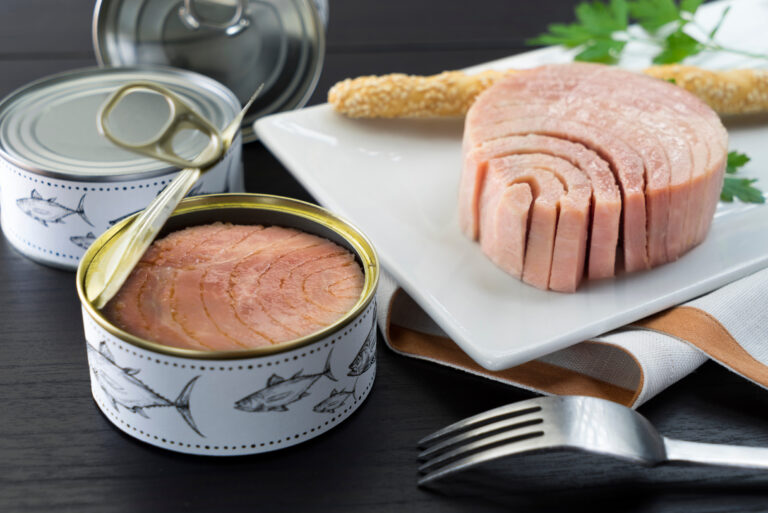While petitions to the FDA from industry and citizens are often at odds, it was a citizen petition from industry that was the partial basis of a new FDA proposed rule. Of further interest, if passed, the regulation will benefit both industry and consumers.
The proposed rule on canned tuna standard of identity and fill “will modernize and update these food and is in partial response” to the citizen petition submitted by tuna producers Bumble Bee, StarKist, and Chicken of the Sea. The primary components of the proposed rule are that it would:
- replace the pressed cake weight method with the drained weight method to determine the standard fill of container.
- clarify that use of a packing medium is optional.
- remove provisions for specific flavorings and spices.
Because the pressed cake weight method was designed for three-piece cans which have been long replaced by two-piece cans, the method is not only expensive, but is “difficult to perform, prone to human error, and produces inconsistent results,” as stated in the citizen petition. The petition requested the method be changed to a drained weight test which is not only simpler to perform, but it also “produces more consistent, reliable results, thereby ensuring that consumers get the amount of fish they purchase.”
Although it took eight years for FDA to propose the rule in response to the 2016 petition, the proposed rule now goes one better, requiring that the tuna cans be labeled with both net and drained weight, which would provide consumers with “more complete and useful information about the amount of fish in the can.”
While the current rule states that a packing medium is optional, proposed rule would further clarify that it may (or may not) be packed in any optional edible vegetable oil other than olive oil, or any mixture of such oils not containing olive oil, as well as olive oil or water. Thus, while certain packing mediums are listed, the clarification is that tuna does not have to be packed in any liquid, which gives the industry the ability to market “no-drain” canned tunas. This, along with the clarification that specified “safe and suitable” ingredients may also be used, such as salt, specified flavorings, and spices, etc. also gives consumers more options in canned tuna selection as well.
While the proposed rule would update the packing methods and ingredients, it would not change the standards for the labeling of the tuna’s physical composition (solid pack, chunk, flake, grated) or color definitions (white – albacore; light – < 5.3 Munsell value; dark > 5.3 Munsell value; blended – > 20% light or white) with the Munsell value being a color grading system.
In an era when it seems that industry and consumers and/or the FDA are often at odds, it’s refreshing to see an FDA proposed rule that would benefit both industry and consumers – particularly one that was initiated by industry (even if it took nearly a decade for it to come to proposal).
The rule is open for comment through November 24. While it is likely to generate some comment, having the “big guys” in the tuna industry onboard and providing a better, more consistent experience for consumers will (hopefully) enable the rule to go forth.





